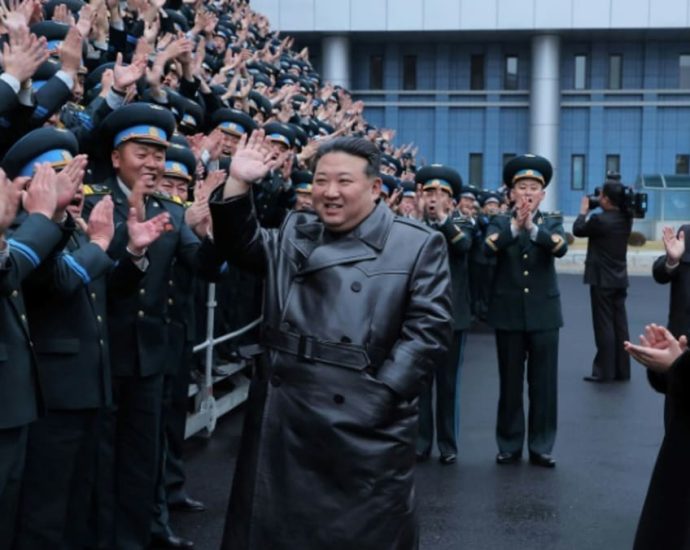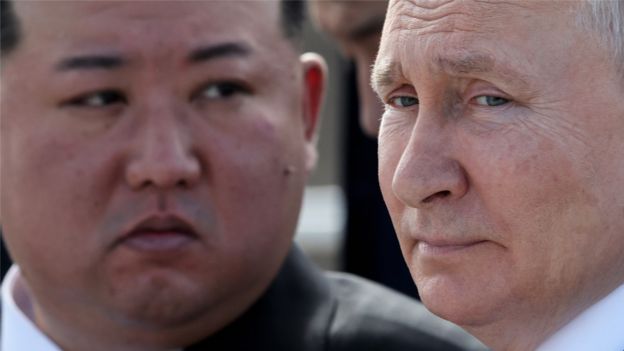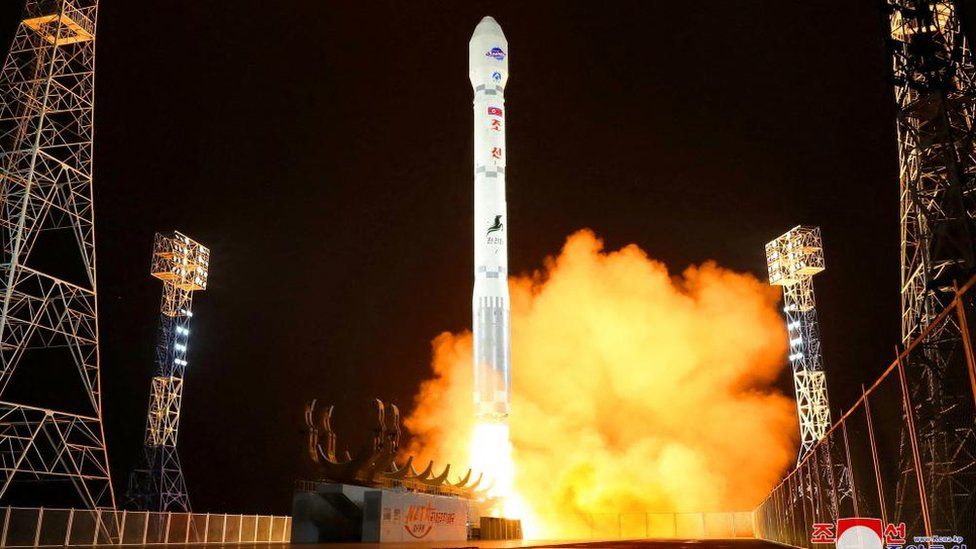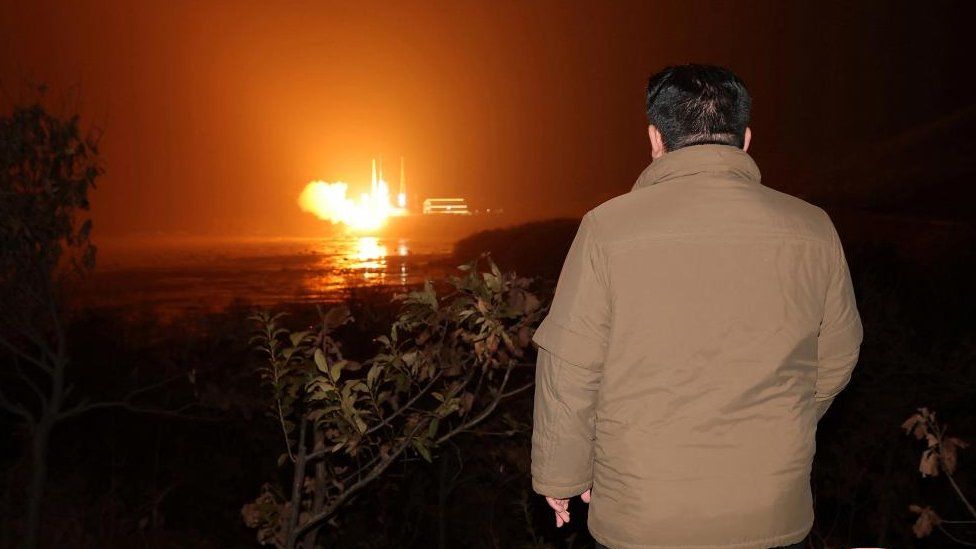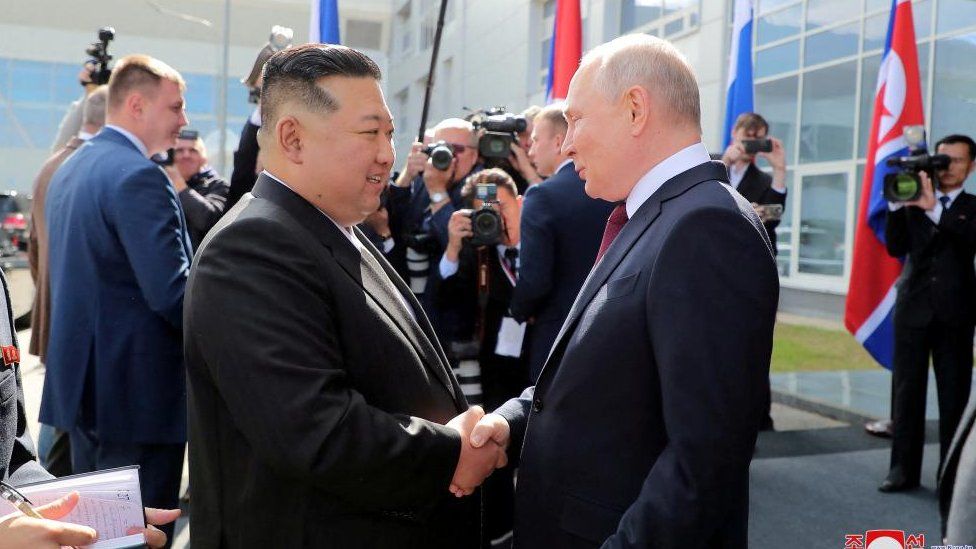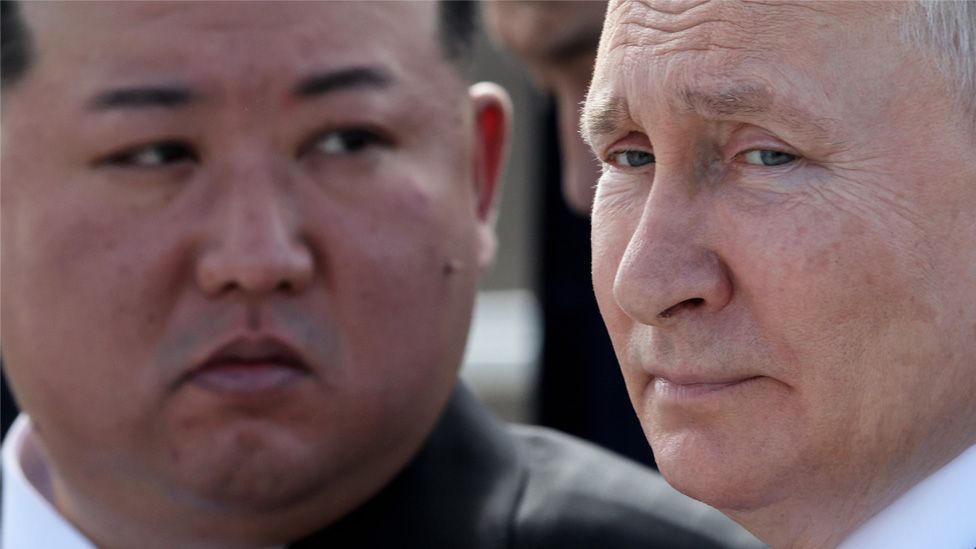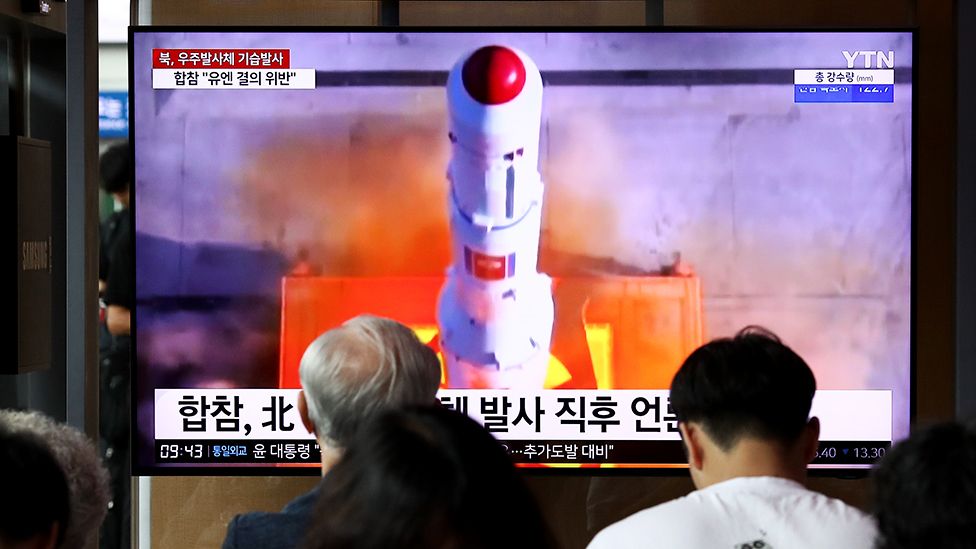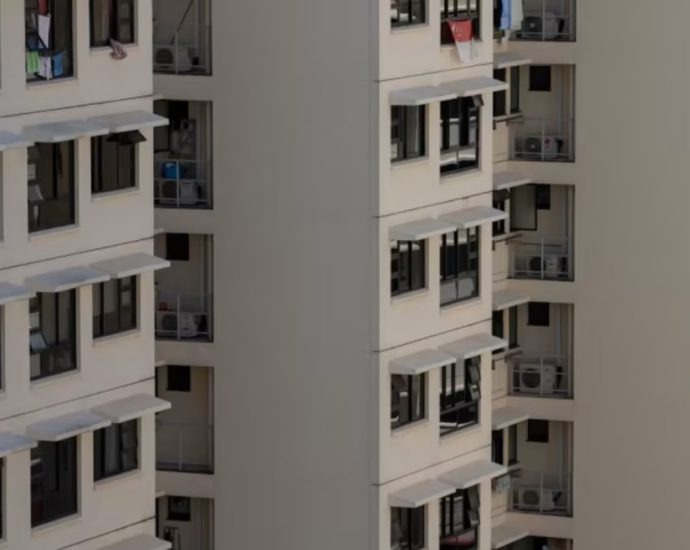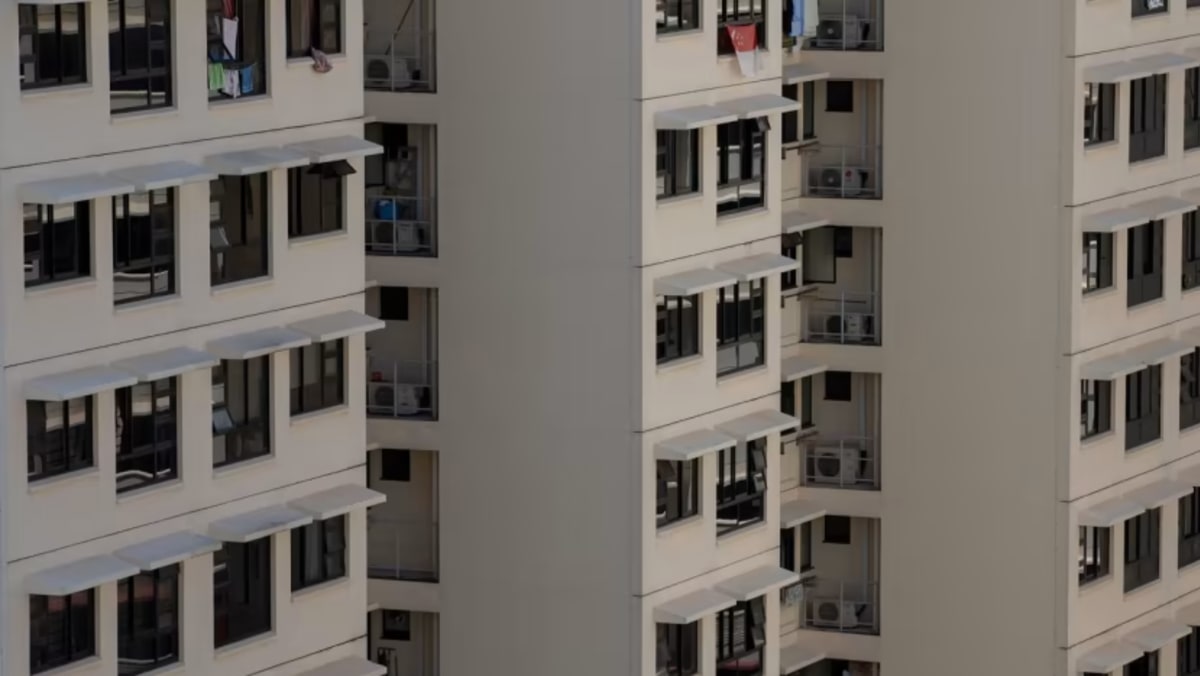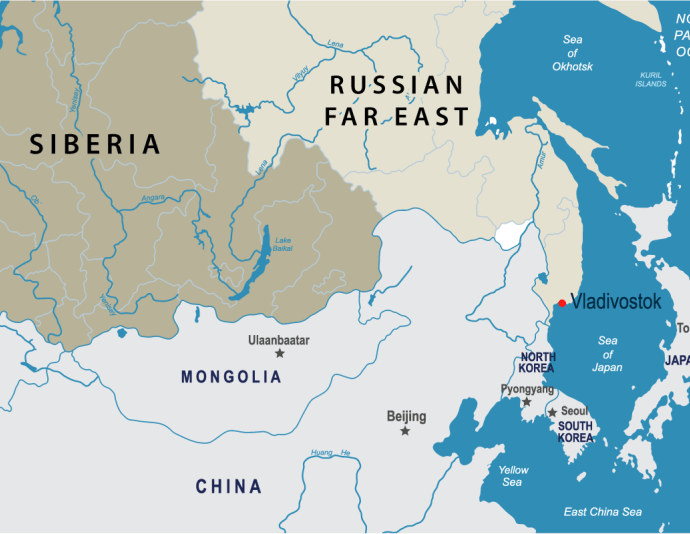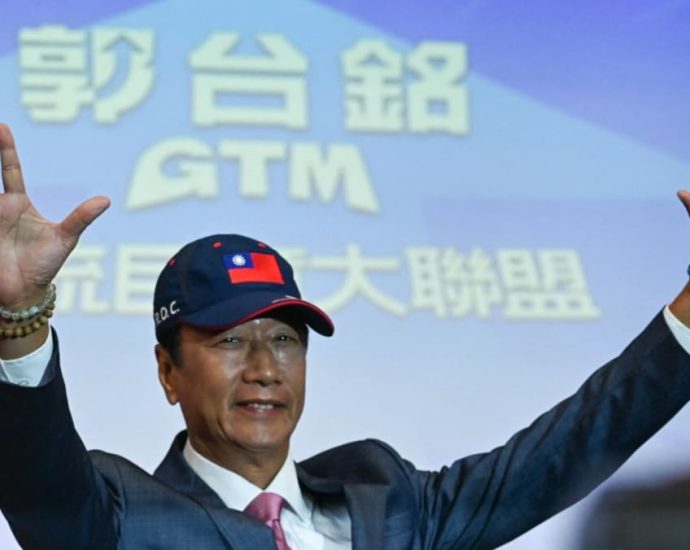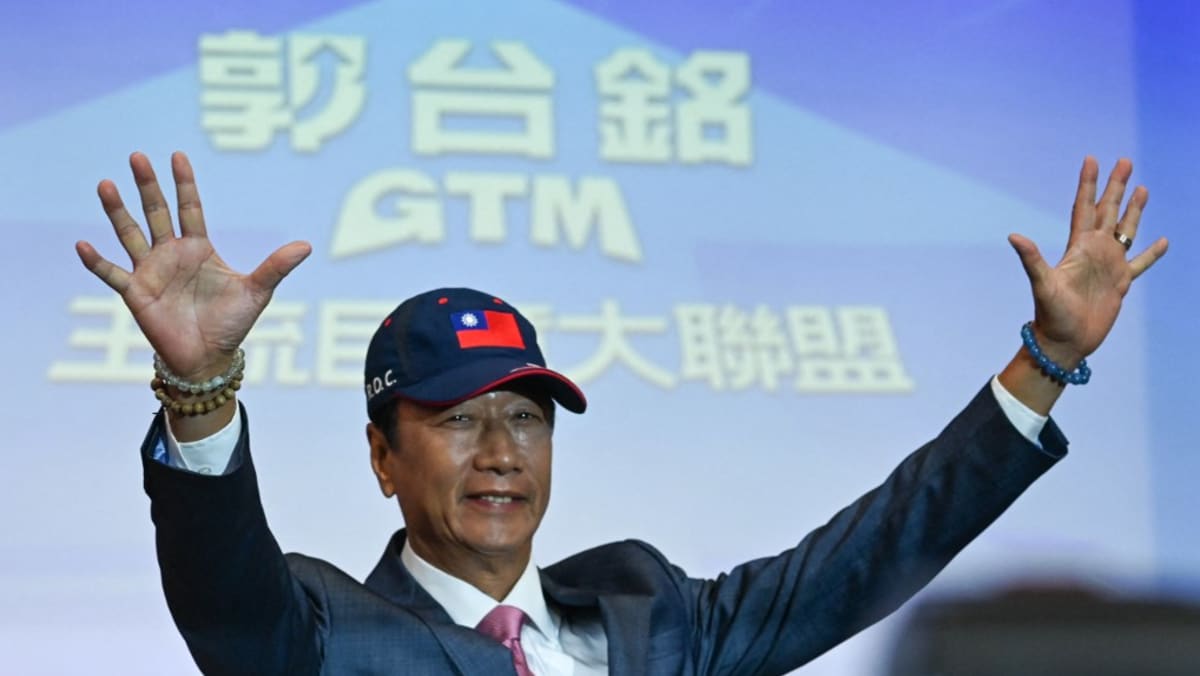Zhongzhi collapse could be bigger than Evergrande’s
Top executives of a major Chinese wealth management firm are being probed after the company reported a net liability of up to 260 billion yuan (US$36.5 billion) last week.
Beijing police said over the weekend that they have launched a criminal probe into the wealth management unit of Zhongzhi Enterprise Group, which reportedly manages about 3.72 trillion yuan worth of assets and is regarded as one of China’s largest “shadow banks.”
A person surnamed Jie, who is believed to be a nephew of the firm’s late founder Jie Zhikun, is among those who have been arrested, Chinese media reported on Monday. Jie Zhikun died in December 2021 due to heart disease.
The arrested were accused of being involved in illegal fundraising activities and other suspected crimes.
The police operation was launched a few days after Zhongzhi reported on November 22 total assets of 200 billion yuan and total liabilities of between 420-460 billion yuan, meaning the firm’s net liabilities were somewhere between 220-260 billion yuan.
On Monday, Chinese commentators published a series of articles and videos criticizing Zhongzhi for partnering with some state-owned enterprises (SOEs) and using its reputation to sell wealth products.
They also slammed Jie’s family members and senior executives for cashing in on their wealth product investments before Zhongzhi’s financial problems were reported by the media this summer.
“With a net liability of 220 billion to 260 billion yuan, Zhongzhi is severely insolvent and is having a huge operational risk,” a financial anchor said in her vlog posted on social media on Monday.
“The company said it’s not easy to liquidate its assets, most of which are bonds and equities that are now undervalued. It seems to be telling the public that its net liability may actually be more than 260 billion yuan.”
She says Zhongzhi’s founder and executives built a financial empire by forming partnerships between the firm and SOEs while using the latter’s reputation to raise funds over the past two decades. She says Jie’s family had accumulated as much as 25 billion yuan of wealth during the peak period.

“Zhongzhi said it has lost its direction after the death of Jie in 2021. How could the company blame a dead person after a huge amount of its assets disappeared?” she asked?
“The fall of Zhongzhi may be one of the largest defaults since the establishment of the New China in 1949,” a financial columnist wrote in an article. “The negative impact of Zhongzhi’s collapse may be even bigger than that of Evergrande as Zhongzhi has huge assets under management.”
“Many senior executives in Zhongzhi have made their fortune and left the company while the company’s wealth management product clients lost their money,” he says. “Who is going to take the responsibility?”
An apology
In June, some clients complained that they could not get their money back when the wealth management products they bought from Zhongzhi and its subsidiaries such as Zhongrong International Trust matured.
On August 11, an unnamed former employee of Zhongrong was quoted by Cailian Press, a financial website, as saying on August 11 that at least 350 billion yuan of Zhongrong’s wealth products that were sold through Zhongzhi’s sales channels had stopped payouts.
He said the figure did not include the products directly sold by Zhongrong.
The National Financial Regulatory Administration (NFRA), China’s financial regulator, has set up a task force to examine Zhongzhi, Bloomberg reported.
After a three-month auditing, Zhongzhi told its clients in a letter on November 22 that it wanted to apologize for its ineffective internal operation after Jie’s death. It said its management had tried to restructure the business and turn around the unfavorable situation but the moves did not achieve the expected results.
“After the issuance of this letter of apology, Zhongzhi’s clients’ last hope that the company would survive has vanished,” a financial writer using the pen name Mi Mei says in an article.
Over the past two decades Zhongzhi had invested in different companies and financial assets but all these investments, controlled by Jie, had seen falling returns in recent years, Mi Mei wrote.

According to a Beijing Police announcement, a person surnamed Jie was arrested for Zhongzhi’s illegal fundraising activities.
Chinese media said after Jie died, his nephew Liu Yang was appointed by the board to lead the company. At the same time, Jie’s other nephew, Jie Zizheng, a 34-year-old executive director at the firm, had the power to decide which projects to invest in.
Jie’s other successor options were his daughter Jie Huiyu, as well as his second wife, Mao Amin, a famous Chinese singer, and her two children.
Read: Chinese wealth management firm stiffs big investors
Follow Jeff Pao on Twitter at @jeffpao3


